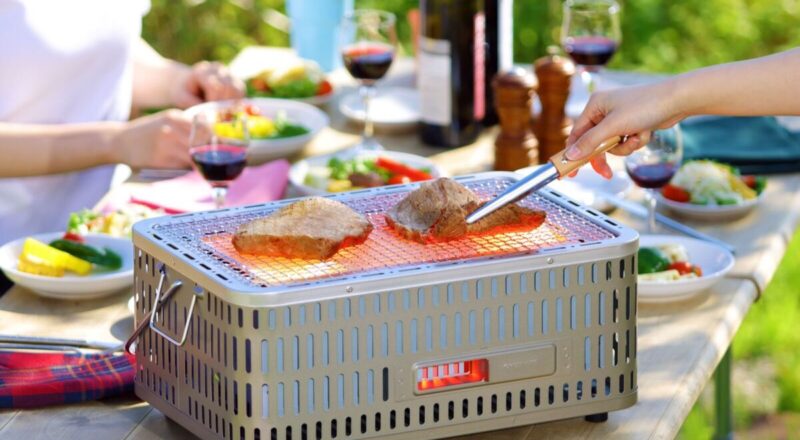In the vast world of culinary arts, the practices of Hibachi and Teppanyaki represent two distinct methods of Japanese grilling, each with its unique characteristics and widespread appeal. Understanding the nuances between the Hibachi Grill and the Teppanyaki Grill not only helps chefs but also ignites an appreciation for these cooking techniques. This article aims to explore this subject in depth.

Historical Background
Origins of Hibachi
The term Hibachi derives from the Japanese words ‘hi’ meaning fire and ‘bachi’ meaning bowl. Traditionally, it was a heating device that gradually evolved into the grilling method known today.
Evolution of Teppanyaki
Teppanyaki cooking has roots in post-war Japan, where it quickly spread worldwide, primarily due to its entertainment appeal and interactive style.
Structural Differences
Design of Hibachi Grills
Typically, a Hibachi Grill is small, portable, and designed for outdoor use, often found in compact setups making it ideal for intimate settings.
Features of Teppanyaki Grills
A Teppanyaki Grill boasts a flat, iron griddle that is usually larger, intended for both indoor and outdoor use, accommodating a larger crowd, often seen in restaurants.
Cooking Techniques
Hibachi Style Cooking
On a Hibachi Grill, chefs favor simplicity, using charcoal to impart a smoky flavor, often grilling meats and vegetables in their natural juices.
Teppanyaki Style Cooking
Teppanyaki cooking involves using oils, sauces, and even flames for an artistic cooking experience, focusing on intricate knife skills and presentation.
Flavor Profiles
Typical Hibachi Flavors
This style imparts smokey, natural, and rich flavors, allowing the true essence of the ingredients to shine.
Unique Teppanyaki Tastes
By contrast, Teppanyaki grilling infuses bold, enhanced flavors thanks to the incorporation of oils and sauces.
Culinary Versatility
Diverse Options on Hibachi
Hibachi Grills can effortlessly cook meats, vegetables, and even seafood, though with a more rustic approach.
Creative Possibilities with Teppanyaki
With its flat surface, Teppanyaki enables chefs to experiment with a variety of cooking techniques and allows for greater creativity.
Common Dishes
Popular Hibachi Meals
Chicken, steak, and vegetable skewers are staples of the Hibachi method, providing flavors that resonate with deep chargrilling.
Famous Teppanyaki Dishes
Teppanyaki often involves the preparation of seafood, delicate vegetable medleys, and sumptuous steak right at the dining table. For exciting recipes, check this hibachi chicken recipe.
Dining Experience
Hibachi Dining
Traditionally, a quiet, personal, and almost ceremonial style, where the result is enjoyed over conversation.
Teppanyaki Experience
Teppanyaki Grills often feature theatrics with chefs performing dazzling tricks that make dining an engaging and fun experience.
Choosing One for Your Home
Considering Hibachi
The best choice for those who enjoy the rich, smoky flavor of charcoal and prefer a more traditional approach.
Investing in Teppanyaki
A perfect addition for households interested in enjoying varied, sophisticated dishes with presentations that are just as delightful as the food.

Frequently Asked Questions
- Q: Can a teppanyaki grill be used outdoors?
A: Yes, many teppanyaki grills can be used outside. - Q: What’s healthier, Hibachi or Teppanyaki?
A: The healthiness depends on the ingredients and cooking methods used. - Q: Are there vegetarian options for Hibachi cooking?
A: Absolutely, a variety of vegetables can be prepared using the Hibachi method.
For those curious about other culinary cookware differences, take a look at the Takoyaki Pan vs Aebleskiver Pan article.
This article contains affiliate links. We may earn a commission at no extra cost to you.

